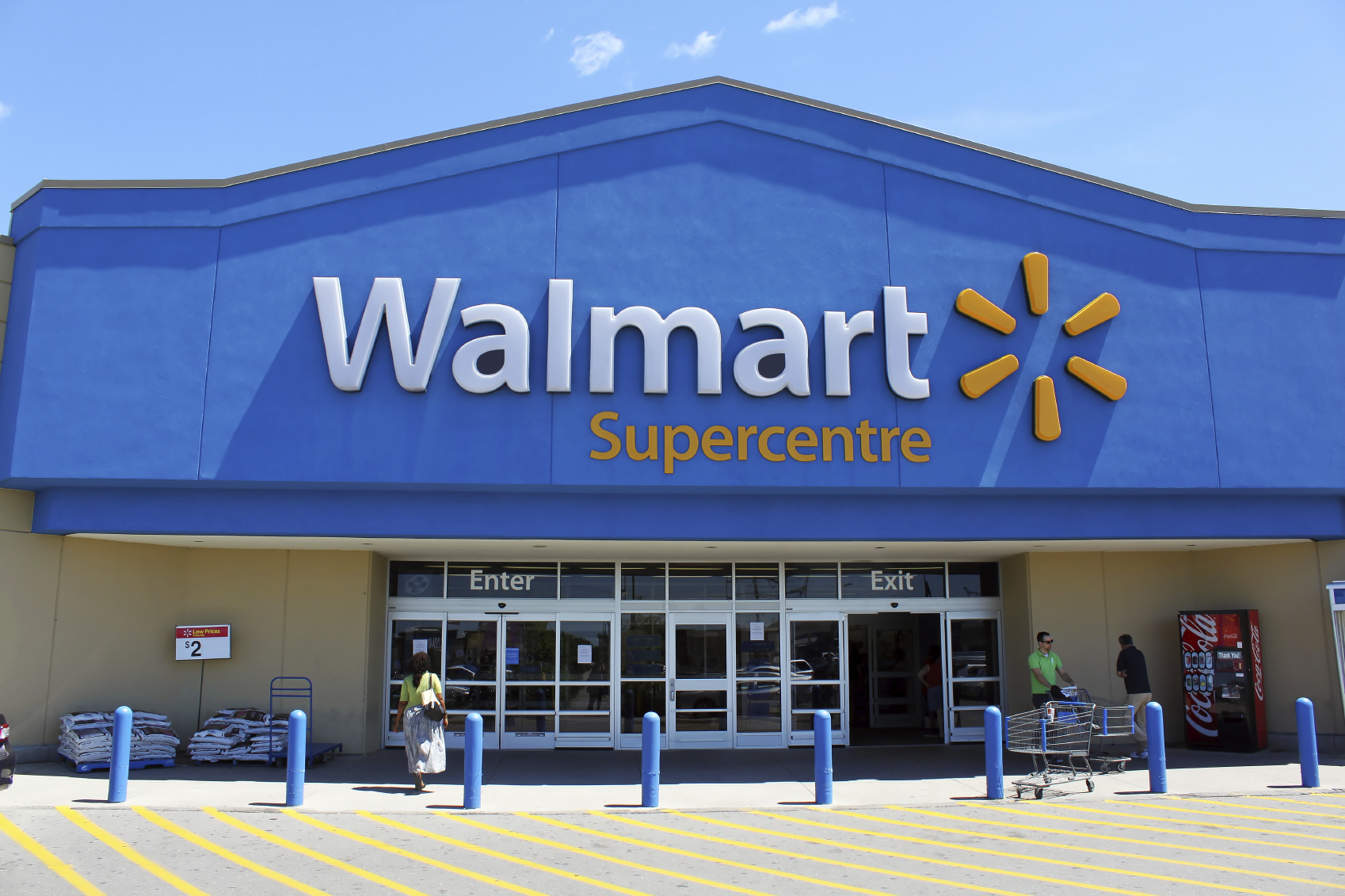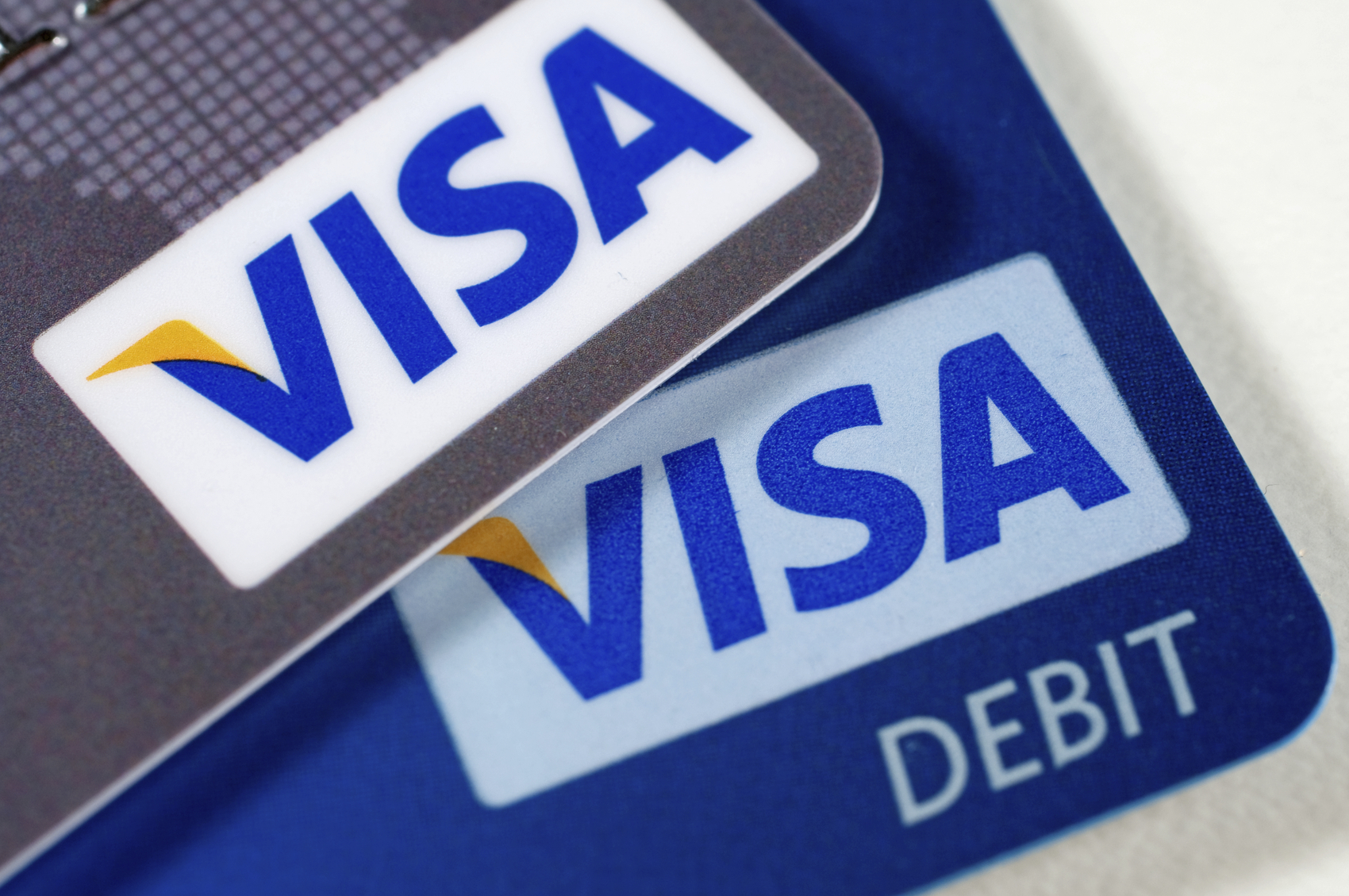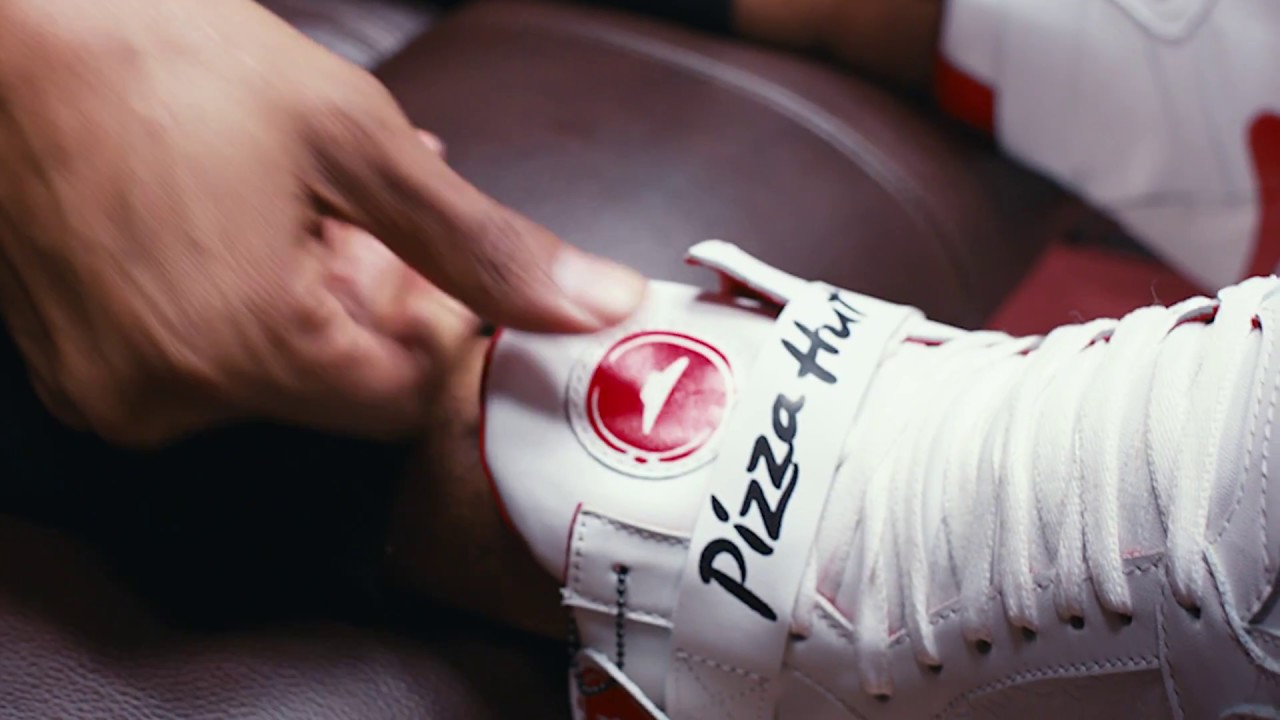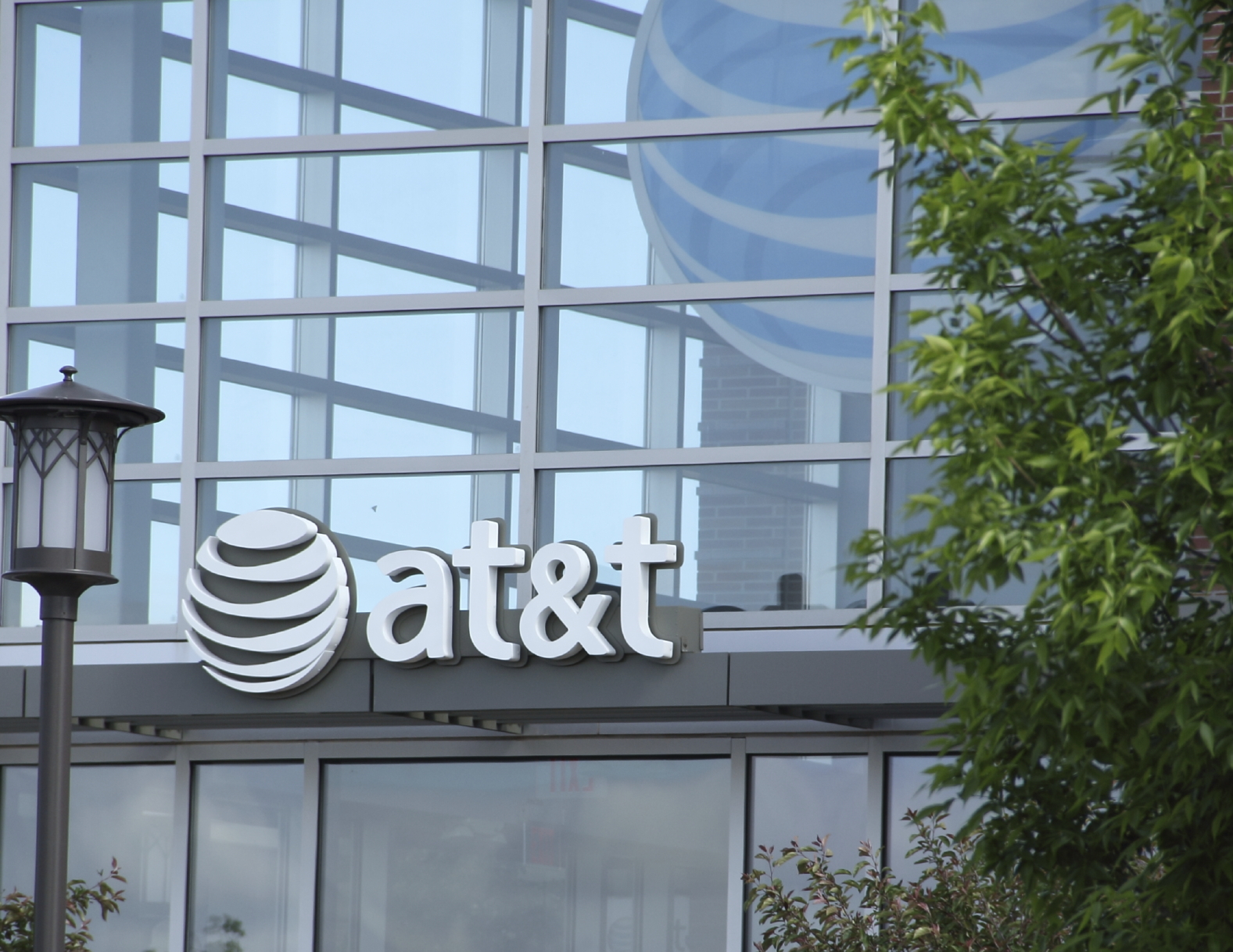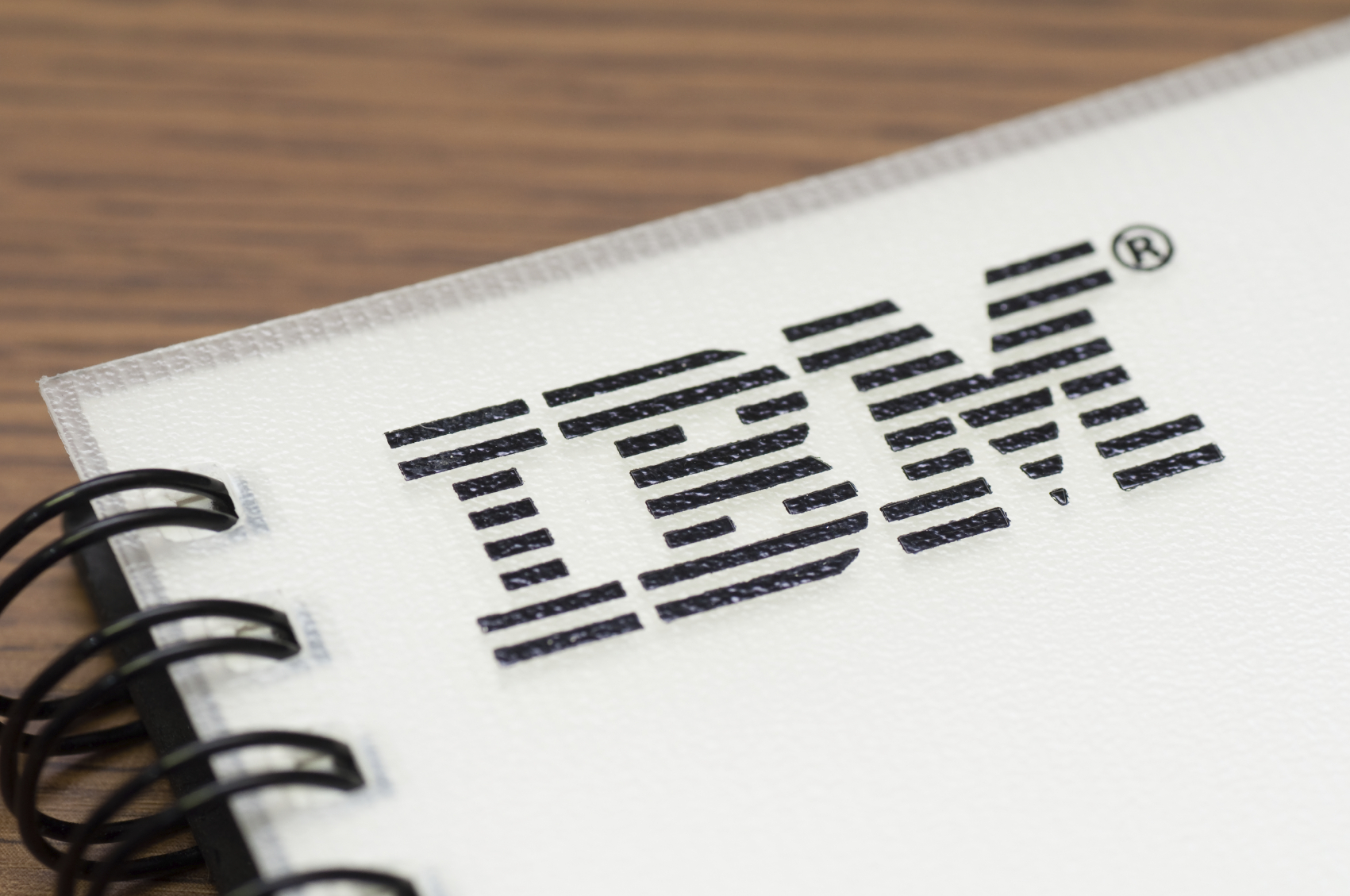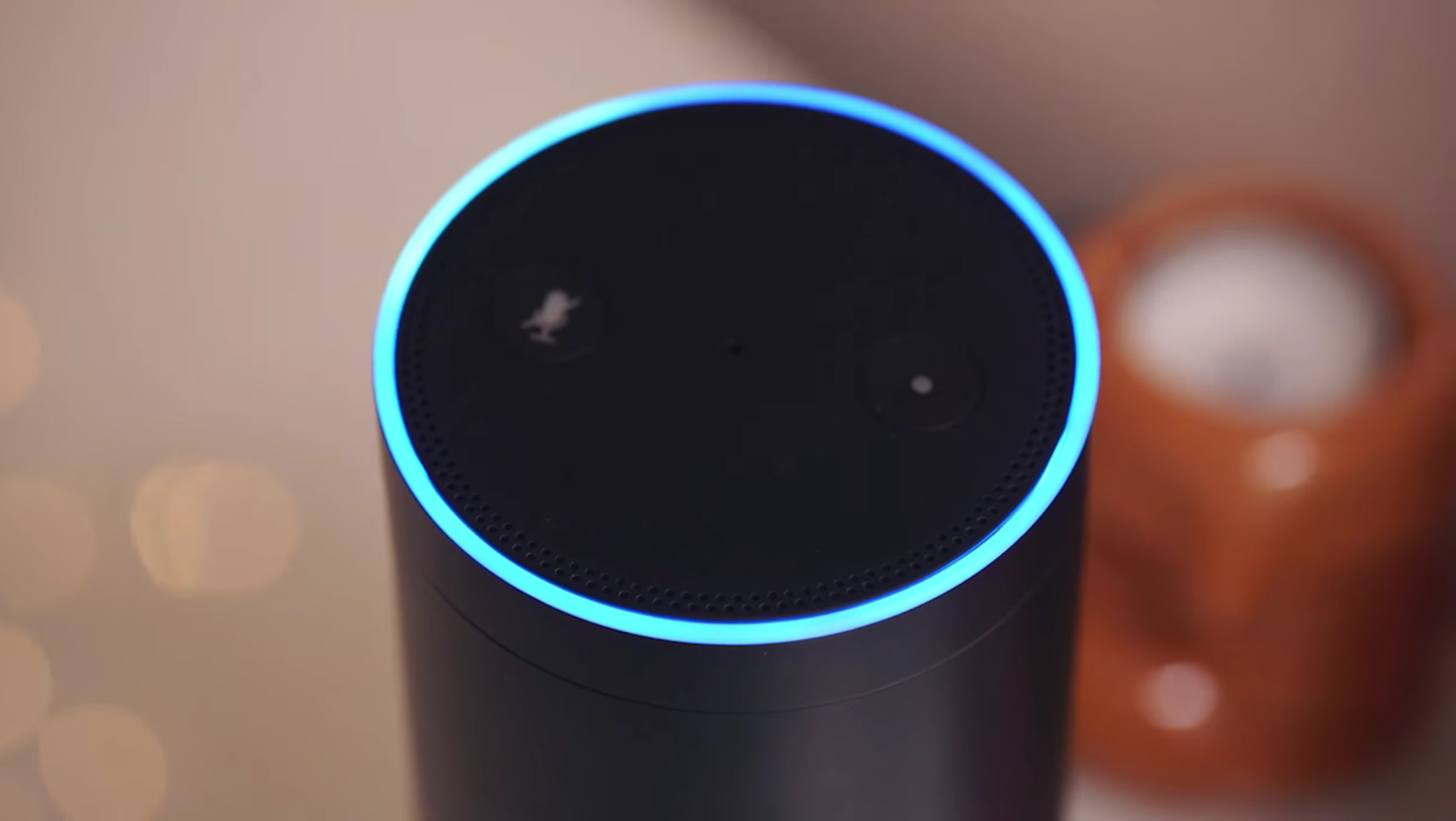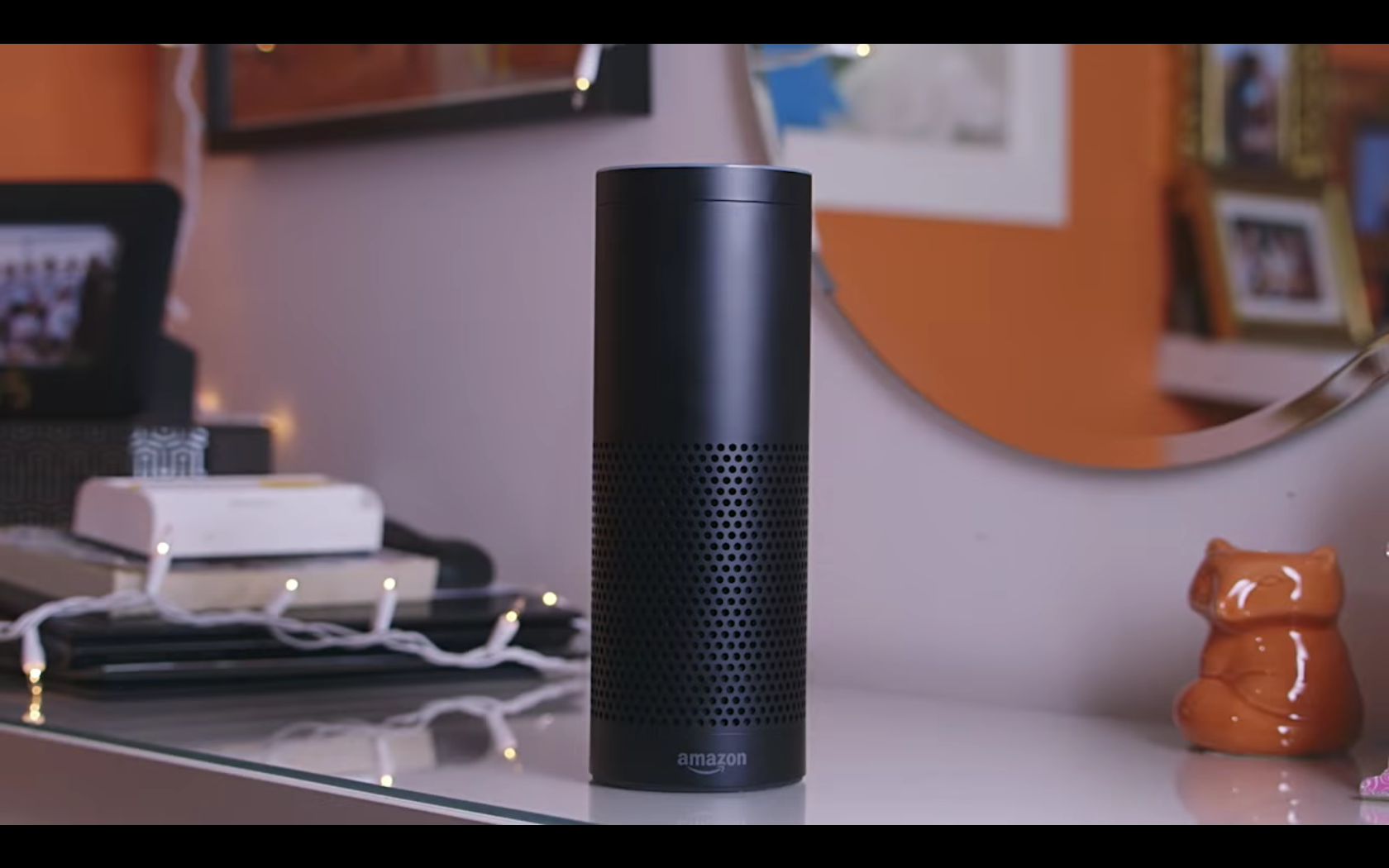What Happened
Walmart has started exploring IoT commerce as it filed a patent describing a system of connected sensors that track CPG product consumption at home. Utilizing a wide range of technology such as radio frequencies, Bluetooth, conventional barcodes, and RFID tags, the sensors will be attached to various products and can alert the customer to restock when they are running low on certain household products. Listed in the patent filing are several scenarios that Walmart envisioned to leverage the sensors to learn more about their customers, including an in-fridge one that tracks food consumption and expirations and a RFID system to monitor how much toothpaste is left.
What Brands Need To Do
As smart home technologies continues to evolve, more and more brands are realizing the big potential that connected devices holds for reaching customers at home and collecting relevant data. Venturing into IoT commerce is a timely move for Walmart, but it still has a long way to go before it can catch up with its arch-rival Amazon. While there is no guarantee if any of the ideas that Walmart outlined in this patent will be brought to market any time soon, at least Walmart is actively exploring this area to further implement an omnichannel approach, a strategy that more brands should adopt, with methods to protect user privacy, to reach consumers and learn more about their consumption habits.
Source: The Verge
